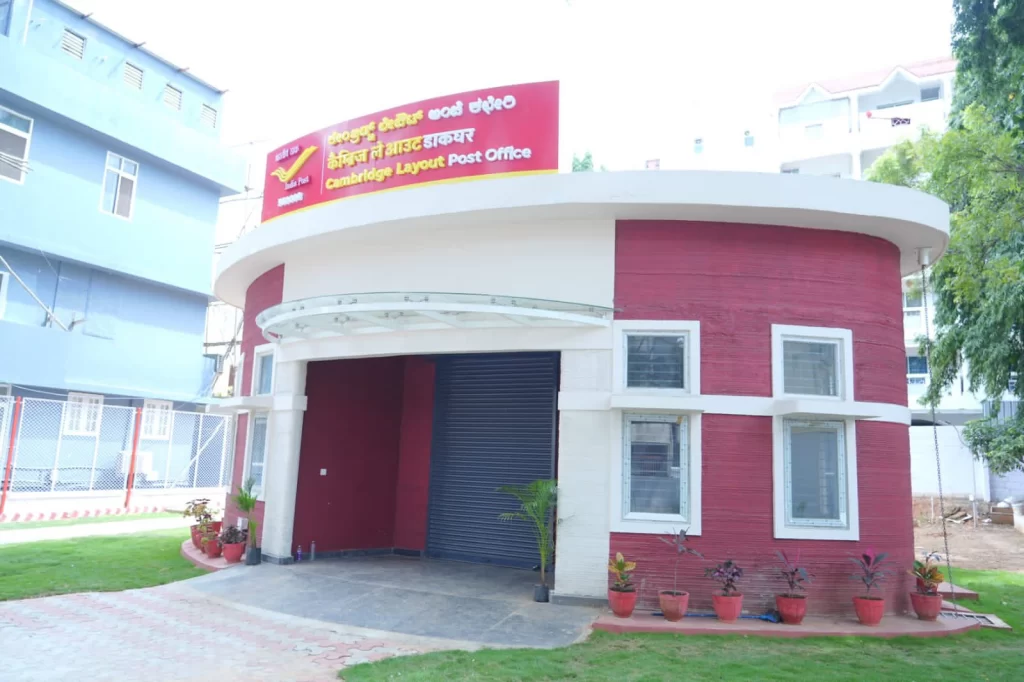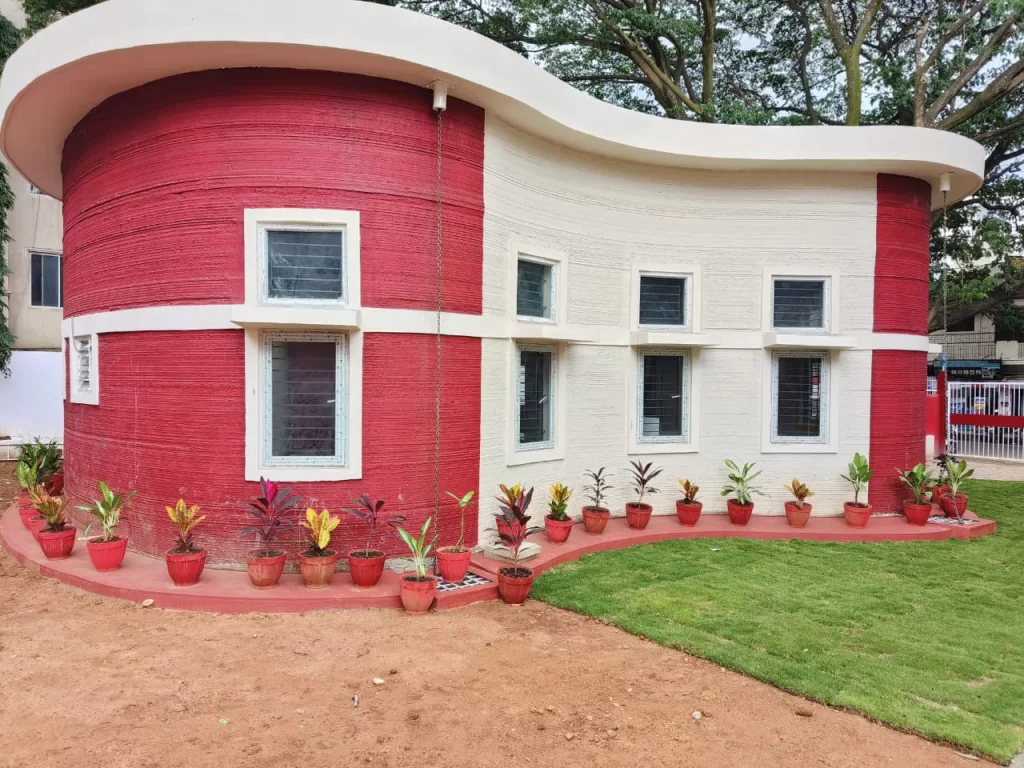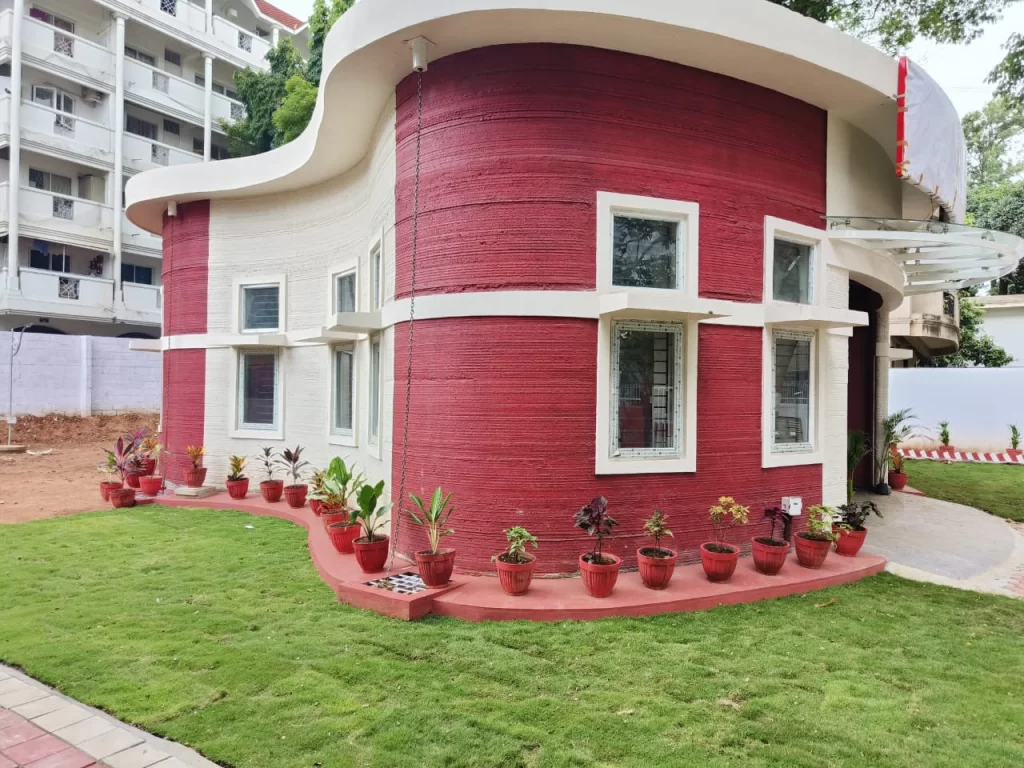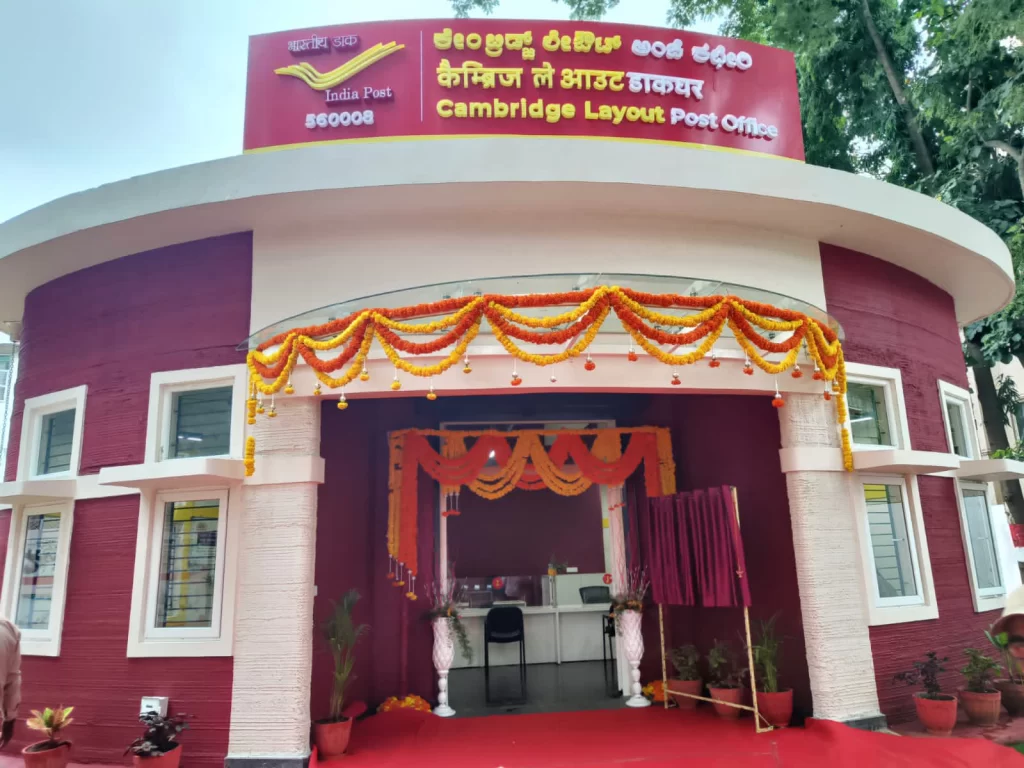The world is undergoing a technological transformation that is reshaping the way we live, work, and communicate. From self-driving cars to artificial intelligence, innovation is touching every facet of our lives. In this wave of technological advancement, even seemingly traditional services like mail delivery are not immune to change. A remarkable example of this revolution can be witnessed in India’s Silicon Valley, Bengaluru, where the first-ever 3D printed post office has taken root in the picturesque Cambridge Layout.
A Glimpse into 3D Printing
3D printing, also known as additive manufacturing, is a process that constructs three-dimensional objects from a digital file by layering material upon material. Initially developed in the 1980s, 3D printing has made rapid strides in recent years, becoming more accessible and versatile. What was once limited to creating prototypes and small-scale objects has now evolved to fabricating houses, medical implants, and even food. This technology’s ability to transform digital designs into tangible objects with precision and speed has caught the attention of industries worldwide, including the postal sector.

Bridging the Gap Between Tradition and Innovation
Mail services have been an integral part of human civilization for centuries. The postal system served as a conduit for communication, connecting people across vast distances. However, as the world rapidly digitizes, the volume of traditional mail has diminished. This shift has led postal authorities to reevaluate their operations and find innovative ways to remain relevant in the modern era.
The advent of the 3D printed post office in Cambridge Layout, Bengaluru, exemplifies how an age-old service can embrace technology to stay meaningful. The combination of tradition and innovation serves as a bridge, connecting the rich history of postal services with the potential of the future.
Advantages of 3D Printed Post Offices
The decision to establish India’s first 3D printed post office in Bengaluru was driven by numerous advantages offered by this technology:
- Speed of Construction: Traditional construction methods can be time-consuming and costly. In contrast, 3D printing enables the rapid creation of structures, reducing construction time significantly. This is particularly relevant for post offices, where timely establishment is essential to provide uninterrupted services.
- Cost Efficiency: Constructing a brick-and-mortar building involves numerous expenses, from materials to labor. 3D printing reduces these costs substantially, making it a cost-effective option for infrastructure development.
- Customization: 3D printing allows for precise customization of designs. This is especially useful for post offices, as their layout and features need to align with the specific needs of the postal services they provide.
- Environmental Impact: Traditional construction generates significant waste and environmental impact. 3D printing, on the other hand, produces minimal waste and consumes fewer resources, contributing to a more sustainable approach.
- Innovative Aesthetics: 3D printing enables the creation of intricate and unique architectural designs that might be challenging to achieve using traditional construction methods. This can help create visually appealing and iconic post office structures.
- Technological Showcase: Establishing a 3D printed post office demonstrates a commitment to embracing technology and innovation. It serves as a testament to the region’s progressive mindset and forward-thinking approach.

Challenges and Considerations
While the concept of a 3D printed post office is undeniably promising, there are certain challenges and considerations that need to be addressed:
- Regulatory Approval: The deployment of innovative technologies often requires navigating through regulatory and legal frameworks. Ensuring that the 3D printed post office adheres to local building codes and regulations is crucial.
- Material Selection: The choice of materials for 3D printing impacts the durability, sustainability, and longevity of the structure. Finding the right balance between cost, performance, and environmental impact is essential.
- Skilled Workforce: As the technology is relatively new, there might be a shortage of skilled professionals experienced in 3D printing construction. Training and developing a capable workforce are critical for the long-term success of this approach.
- Maintenance and Repairs: Just like any other building, a 3D printed post office will require maintenance and occasional repairs. Developing protocols and strategies for upkeep will be essential to ensure the longevity of the structure.
- Acceptance and Adaptation: Introducing a novel concept like a 3D printed post office might face resistance from traditionalists. Educating the public and stakeholders about the benefits and safety of this approach will be key to garnering acceptance.

The Future of Post Offices
The establishment of India’s first 3D printed post office in Cambridge Layout, Bengaluru, marks a pivotal moment in the evolution of postal services. It is a testament to the power of innovation to reshape even the most established institutions. As technology continues to advance, it is likely that more post offices worldwide will explore the possibilities offered by 3D printing.
Beyond infrastructure, technology can also enhance the efficiency of mail services. Automated sorting, real-time tracking, and improved last-mile delivery are just a few areas where innovation can enhance the postal experience. Embracing these changes can ensure that the legacy of mail services continues to thrive in the digital age.
In conclusion, the fusion of tradition and innovation has resulted in the birth of India’s first 3D printed post office in Cambridge Layout, Bengaluru. This pioneering project showcases the immense potential of 3D printing in revolutionizing traditional services. As the world embraces technology in every facet of life, it’s heartening to witness how the postal sector is adapting and evolving to stay relevant and efficient in an ever-changing landscape. The journey of the 3D printed post office is not just about bricks and mortar; it’s about building a bridge to the future while honoring the past.










